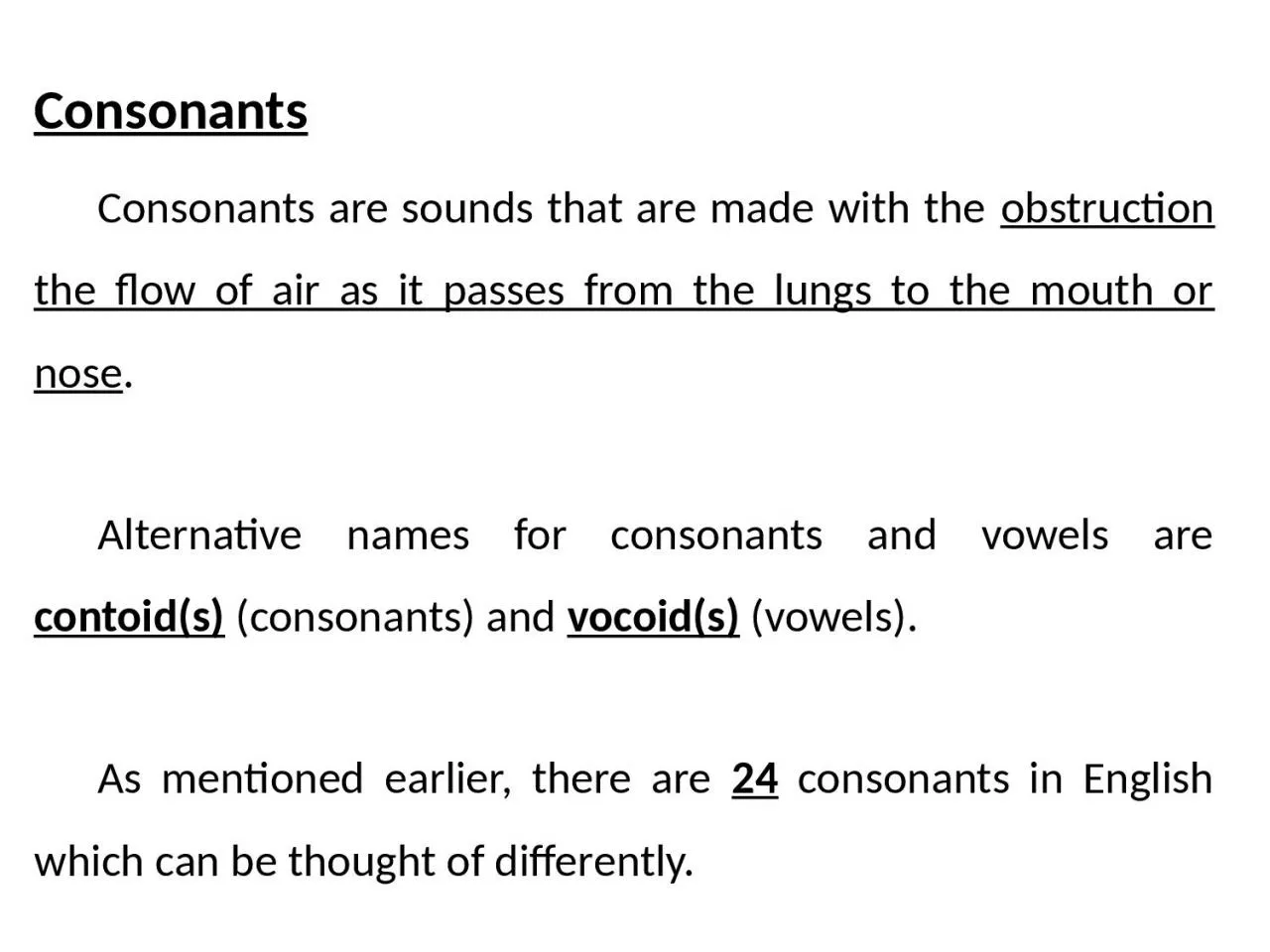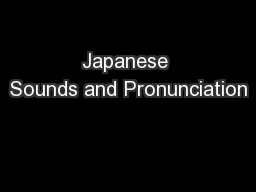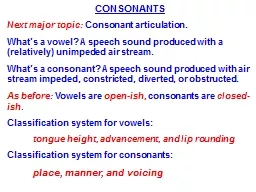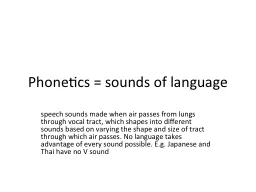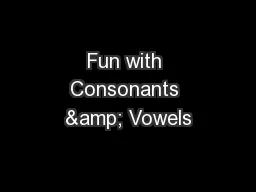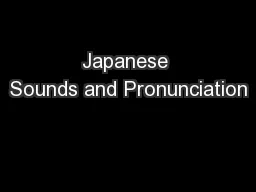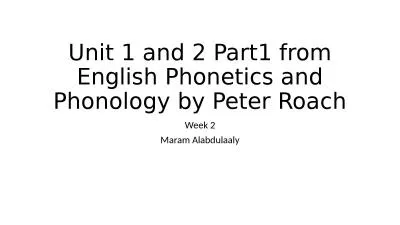PPT-Consonants Consonants are sounds that are made with the
Author : AdventurousAce | Published Date : 2022-08-04
obstruction the flow of air as it passes from the lungs to the mouth or nose Alternative names for consonants and vowels are contoid s consonants and vocoid
Presentation Embed Code
Download Presentation
Download Presentation The PPT/PDF document "Consonants Consonants are sounds that ..." is the property of its rightful owner. Permission is granted to download and print the materials on this website for personal, non-commercial use only, and to display it on your personal computer provided you do not modify the materials and that you retain all copyright notices contained in the materials. By downloading content from our website, you accept the terms of this agreement.
Consonants Consonants are sounds that are made with the: Transcript
Download Rules Of Document
"Consonants Consonants are sounds that are made with the"The content belongs to its owner. You may download and print it for personal use, without modification, and keep all copyright notices. By downloading, you agree to these terms.
Related Documents

